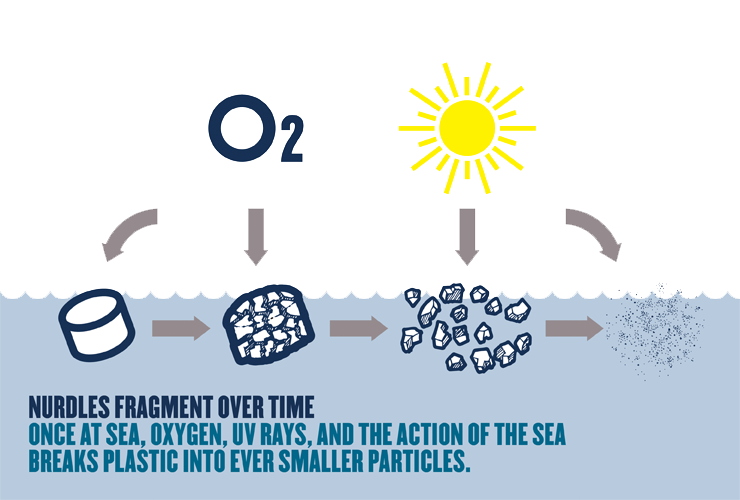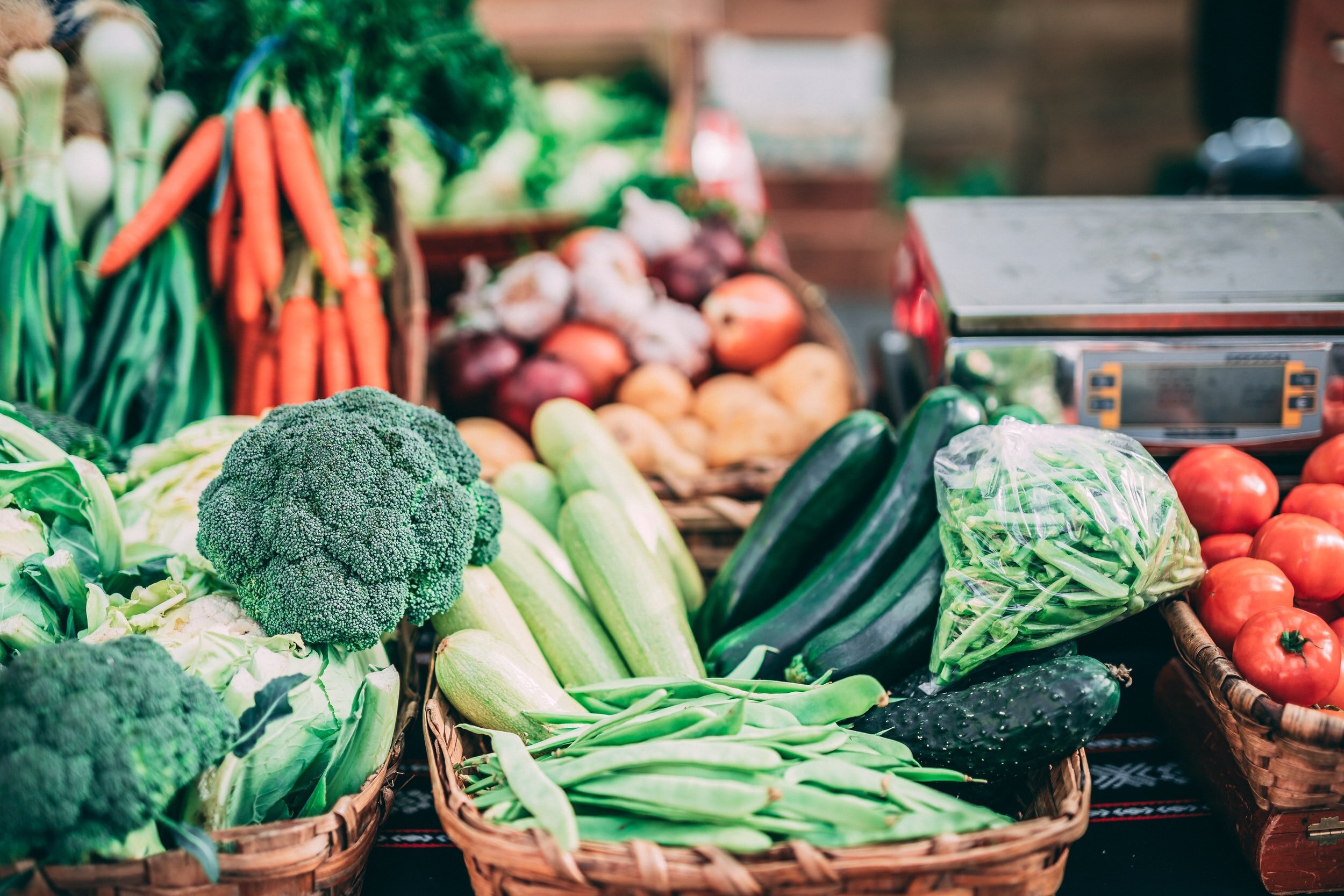How a Small Plastic Pellet is Creating a Big Impact on Shorelines
Meet Nora.
She is small, no larger than a lentil, smooth, pale, and unassuming. Nora is what is known as a nurdle, a pre-production plastic pellet that serves as the foundation of nearly every plastic item in existence. Before there were bottles, bags, phone cases, or even medical devices, there were nurdles. Every year, trillions of these pellets are manufactured, yet many never reach their intended destination. Instead, they are spilled, swept away, and dispersed into rivers, lakes, and oceans, becoming a persistent and insidious form of pollution.
From Oil to Pellet
Nora’s story begins in a petrochemical facility, where crude oil and natural gas are transformed into small, uniform beads of plastic. Her intended purpose is to be moulded into something functional, perhaps a toothbrush or a life-saving medical tool. To reach that goal, however, she must first travel. Nora is packaged alongside billions of her counterparts and loaded onto trucks, trains, and ships destined for factories around the globe.
A Spill on the Way
But Nora never arrived. During transportation, one of the bags tore open. Pellets as light as confetti can scatter into waterways with a gust of wind. Nora, along with thousands of others, slipped into a storm drain and was carried from pavement to river in moments.
Source: Fidra – Nurdles
This is not a rare accident. It is estimated that more than 10 trillion nurdles leak into ecosystems every year, making them the second-largest source of microplastic pollution by weight.
Lost in the Waters
Carried downstream, Nora drifted into a lake. Unlike organic material, plastics like Nora never biodegrade; they only break down into smaller pieces. While afloat, Nora absorbed toxic chemicals already present in the water, becoming a concentrated capsule of pollution.
To a fish or a bird, Nora was indistinguishable from food. If consumed, she could end up in an animal’s stomach, creating the illusion of fullness while providing no nutrition, leading to slow starvation. Worse, if that fish were caught and eaten by people, Nora’s journey would end on a dinner plate, quietly linking plastic pollution to human health.
A Chance for Change
Fortunately, Nora’s story does not end here. Volunteers are taking action through the Great Global Nurdle Hunt, a coordinated international effort that encourages communities to locate, collect, and document nurdles in their local environments. Events like our Nurdle Hunts along Lake Ontario and similar initiatives around the world bring people together to physically remove these tiny plastic pellets from shorelines and waterways. These community-driven efforts are not just about cleaning up what has been lost. They are also about gathering evidence. Every nurdle collected is a data point that strengthens the case for stricter regulations, industry accountability, and better handling practices.
By shining a light on nurdle pollution, these initiatives push industries to adopt stronger safeguards, improve containment, and comply with international frameworks that aim to reduce plastic leakage at every stage of the supply chain.
If policies continue to tighten and awareness continues to grow, future nurdles may remain on their intended journey, transformed into useful products instead of silently polluting our shorelines.
Nora may be just one tiny pellet, but her story reflects the scale of a global challenge and the possibility of a better ending.
















